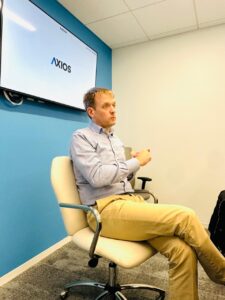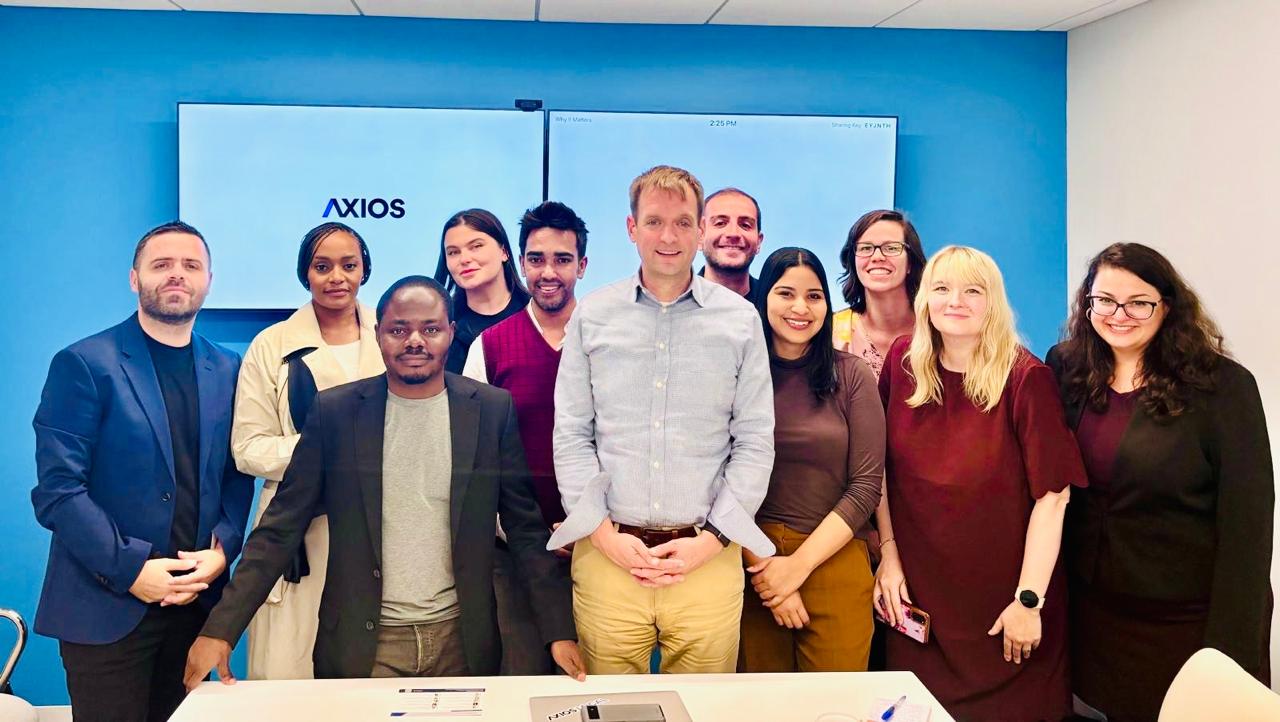Will a paywall – pay for it all?
Leaders of media companies worldwide face the same challenges daily: how to keep the business side of journalism sustainable.
2023 has been described as a brutal year for the journalism industry. According to analyses provided by Press Gazette, a news publication based in the UK, approximately 8,000 jobs were cut at media houses in the United States, UK and Canada.
A similar trend has been witnessed in newsrooms worldwide. In my home country, South Africa, several daily and monthly print publications have shut down operations as news consumption trends have evolved.
Journalism and newsrooms have been under threat lately as media entities’ business models face concerns regarding their sustainability. Revenue from traditional revenue models has fallen into a pitfall. This trend is evidenced in a recent report by Accenture, which calls on media houses to become more innovative to ensure their long-term success in an ever-evolving world of media consumption.
Typically, media houses support their commercial efforts based on three pillars: advertising, events and subscriptions. The latter has become a key avenue of growth and sustainability for media houses. Essentially, having an audience pay to access news and information that some have grown accustomed to accessing “for free.”
In a sidebar conversation, James Fallows, a renowned American journalist who also worked in the White House as a speechwriter for former President Jimmy Carter, reflected on how this is a necessary shift, saying media may have made the mistake of giving away quality work for free for a very long time.
Paywalls or subscription-based models of sharing content have become prominent in recent years, with growth upward of 200%, depending on which data insights you read.
The adoption rate and success of this model vary depending on the publication, its reputation, the nature of its audience, and the business ownership model. Our tours of various U.S. media groups during the 2024 WPI Fellowship have underscored this.
Minnesota Public Radio, MPR, provided a better understanding of how U.S. public radio stations operate and benefited mainly from fostering a community of listeners who actively donate or pay a membership fee to the station voluntarily – any amount at any time without any content restriction. This is possible as MPR is a registered nonprofit. “Contributions from corporations, foundations, institutional sponsors and individuals make up 60% of MPR’s overall budget,” as stated on the MPR website.

MPR News building in Minneapolis.
Duchesne Drew, president of MPR, shared more insight on the sustainability of this model. “Our content is distributed for free, but it costs a lot for us to do what we do, so our business model is built on getting individuals who have access to this information for free to choose to make a donation. Members give what they can.”
Our visits to media agencies in Washington, D.C., gave us a different perspective on how privately owned for-profit businesses have crafted a niche in the demand for their content, aiding their efforts to remain profitable.
At The Washington Post, the business has invested in new ways of using technology and AI to understand the reading patterns of the audience. What do they read, how long do they read it for, and how often do they return to their website for more news? This then shapes the prompts for readers to “sign up” for updates and easier ways to access information on the platform. The business has been able to invest in these kinds of solutions given the financial support of its shareholder, Nash Holdings, which is owned by Jeff Bezos, who bought the business over a decade ago.
Media houses like Politico, a specialized publication focused on politics and policy, have implemented solutions to expand their publication to several pillars of content. The publication primarily taps into an audience base of industry professionals in specialized fields who rely on the content to keep abreast of key policies that influence their sectors. The audience is largely made up of organizations that subscribe to access this content.

Similarly, Axios, a digital-first company offering political news in a brief format, also has a diversified revenue model that thrives on the loyalty and support of its audience. Nicholas Johnston, CEO and Publisher of Axios, shared how the secret sauce to its strategy lies in its content delivery and deliberate intention to tailor its content for its audience.

Publisher and CEO of Axios – Nick Johnston.
“The strongest and best business model to have is one where your audience is willing to pay you consistently” for unique and local content, said Johnston. The focus on localization also formed part of the business’s strategy to pursue growth. These efforts are being replicated on other broadcast platforms, like TV, where streaming is a growing trend in which viewers pay for access to 24-7 online news content.
My observations of these platforms and their experiences are that journalism can be informative and profitable as long as solid firewalls are in place to encourage the independence of any media company’s editorial and commercial aspects.




